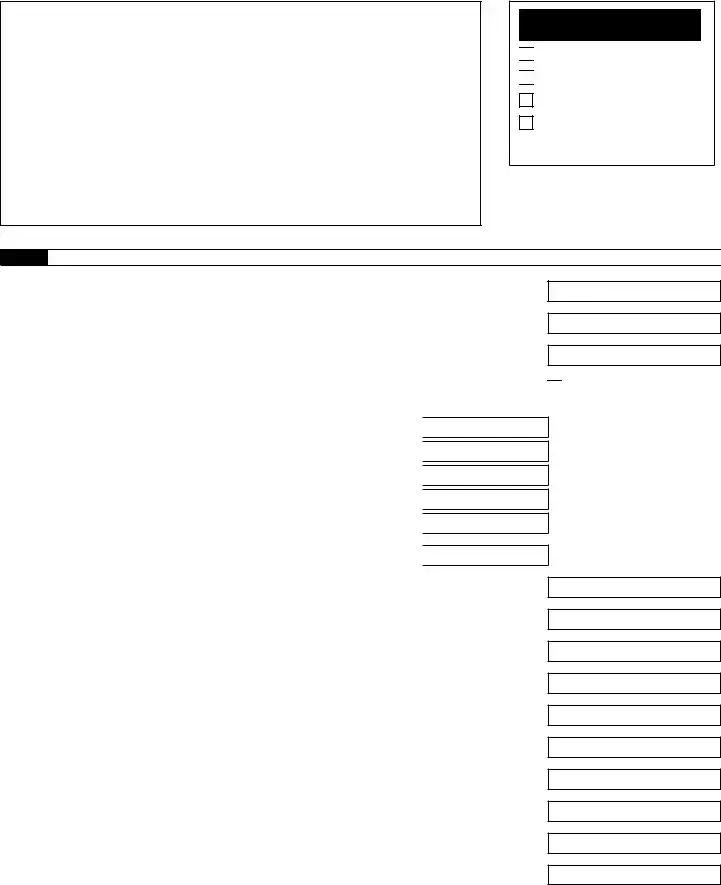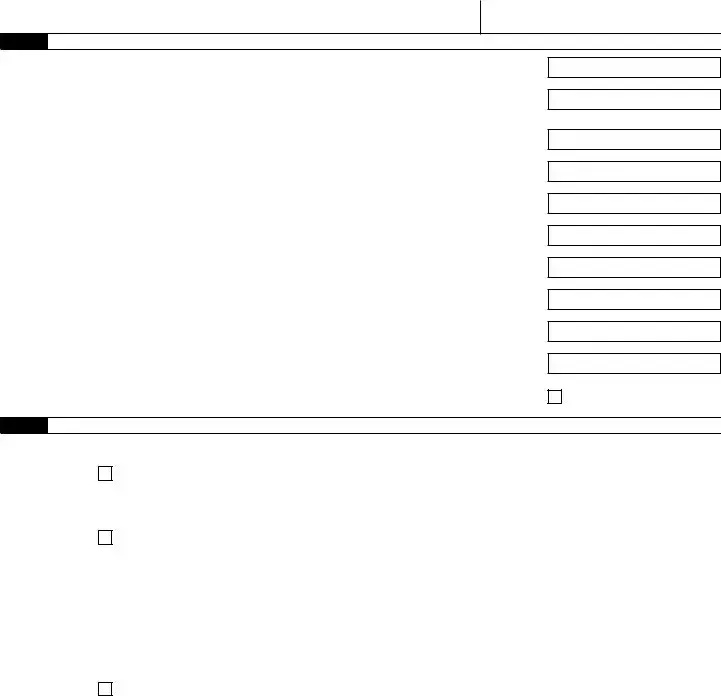The IRS 941 form, known as the Employer's Quarterly Federal Tax Return, is intricately tied to several other documents within the realm of payroll and tax reporting. Among these is the IRS 940 form, or the Employer's Annual Federal Unemployment (FUTA) Tax Return. While the 941 form deals with reporting wages, tips, and other compensation paid to an employee, along with withholding income, Social Security, and Medicare taxes each quarter, the 940 form focuses on the employer's annual report of unemployment taxes. Both forms ensure employers comply with their tax obligations, yet they serve different purposes under the federal tax system, emphasizing the employer’s responsibilities on a quarterly versus annual basis.
Another document similar to the IRS 941 form is the W-2, the Wage and Tax Statement. This form is a year-end document that employers must send to every employee and the Social Security Administration. It specifies the amount of wages paid and taxes withheld for the year on an individual employee basis. While the IRS 941 form provides a quarterly overview of payroll expenses and tax liabilities for all employees, the W-2 breaks down this information individually and annually, giving employees the details needed to file their personal tax returns.
The IRS 943 form, or the Employer's Annual Federal Tax Return for Agricultural Employees, also shares similarities with the IRS 941 form, but it is specifically designed for agricultural employers. Like the 941 form, the 943 form is used to report wages paid and taxes withheld. However, the significant difference lies in the target audience; the 941 form is for general employers, whereas the 943 focuses on those in the agricultural sector, highlighting the IRS's categorization of tax obligations by industry.
The IRS W-3 form, the Transmittal of Wage and Tax Statements, acts in concordance with the W-2 form but also shares a functional relation to the IRS 941 form. The W-3 is essentially a summary form sent to the Social Security Administration alongside a batch of W-2 forms. It consolidates the annual wage and tax information for all employees of a company. In comparison, the 941 form takes on a similar role but on a quarterly basis and with a focus on reporting to the IRS, ensuring that employers accurately report wage and tax withholding information throughout the year.
Correlating closely with the IRS 941 form is the 944 form, or the Employer's Annual Federal Tax Return. This document is designed for small employers whose annual liability for Social Security, Medicare, and withheld federal income taxes is $1,000 or less. It allows these small businesses to file annually instead of quarterly. The distinction here is in the frequency and eligibility for filing, separating smaller employers from those who are required to file the more routine 941 form.
Last but not least, the Form W-4, Employee's Withholding Certificate, while not a report, profoundly impacts the information on the IRS 941 form. The W-4 allows employees to determine the amount of federal income tax withheld from their paychecks. This form directly influences the withholdings reported on the IRS 941, as it dictates how much income tax an employer should withhold from an employee's wages each pay period. The W-4 and 941 forms work hand-in-hand to ensure accurate payroll tax withholding and reporting.







 Check and go to line 6.
Check and go to line 6.


 Yes. Designee’s name and phone number
Yes. Designee’s name and phone number
